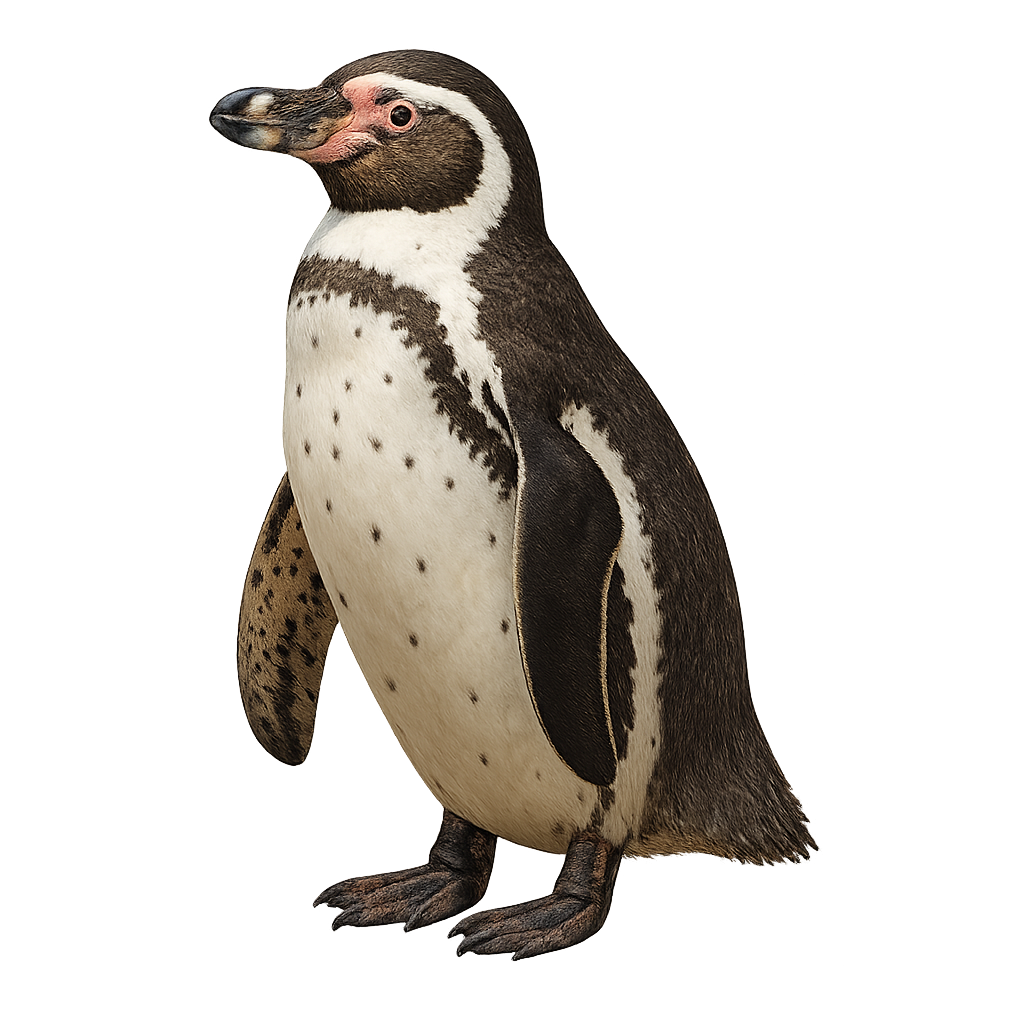Your wildlife photography guide.
Explore the humboldt penguin in detail, study its behavior, prepare your shots.
Where to observe and photograph the humboldt penguin in the wild
Learn where and when to spot the humboldt penguin in the wild, how to identify the species based on distinctive features, and what natural environments it inhabits. The WildlifePhotographer app offers tailored photography tips that reflect the humboldt penguin’s behavior, helping you capture better wildlife images. Explore the full species profile for key information including description, habitat, active periods, and approach techniques.
Humboldt penguin
Scientific name: Spheniscus humboldti

IUCN Status: Vulnerable
Family: SPHENISCIDAE
Group: Birds
Sensitivity to human approach: Tolerant
Minimum approach distance: 50 m
Courtship display: March to September
Incubation: 40-42 jours
Hatchings: April to November
Habitat:
Rocky islands and coastal cliffs of the Pacific
Activity period :
Primarily active during the day, with peak activity in the morning and late afternoon.
Identification and description:
The Humboldt penguin is a medium-sized penguin (56–70 cm, 2.9–6 kg) with dark grey upperparts, a white belly, and a black head bordered by a white band around the eye. It is endemic to the Pacific coast of South America (Peru and Chile), nesting in guano burrows, rocky crevices, and coastal caves. Social, it forms small colonies on islands and coastal cliffs.
Recommended lens:
400 mm – adjust based on distance, desired framing (portrait or habitat), and approach conditions.
Photography tips:
Photograph the Humboldt penguin early morning or late afternoon using a telephoto lens of ≥400 mm from a concealed hide on a rocky island or coastal cliff. Use a fast shutter speed (≥1/2000 s) to freeze its movements on rocks or water and a shallow depth of field to isolate its contrasting plumage. Keep at least 50 m distance and remain silent.
The WildlifePhotographer App is coming soon!
Be the first to explore the best nature spots, track rutting seasons, log your observations, and observe more wildlife.
Already 1 432 wildlife lovers subscribed worldwide

